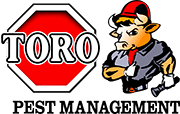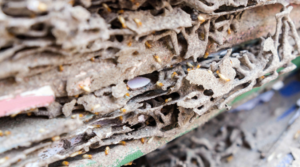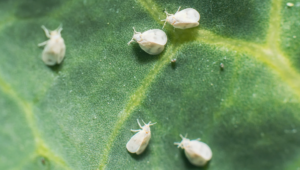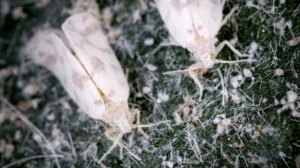Perhaps, do you think that the only places where you are likely to encounter dangerous parasites are the exotic countries? Think again, with globalization, our food comes from all over the world and sometimes has some surprises that are not the most enjoyable.
Insect infestation in foods includes the following signs: live or dead bodies, pupae, larvae (maggots) and eggs, nymphs, moultings and oothecae (egg cases), droppings, smell, insect trails in dust or flour, holes in grain or packaging, webbing and small piles of dust/material.
Pests carry and spread many diseases including Salmonella, Typhoid, E. coli O157, Leptospirosis (Weil’s Disease), Dysentery, Cholera, Trichinosis and other protoctist infections and fungal diseases. In the fourteenth century, rats were responsible for killing two-thirds of the world’s population due to Bubonic plague (Yersinia pestis). The rats harbored fleas, which carried the disease and passed this to humans.
A little water on your fruits and vegetables before eating, good cooking for meat and fish, and you get safe! However, small pests can sometimes survive, and problems arise. Here are list the most common pests that sometimes hide in our food.
Common Species Of Food Pests
Pests in food include a wide variety of insects, including Bruch of beans, corn weevil, Coleoptera and weevils beetles, moths and food mites such as the flour moth.
- The corn weevil: Also known as “Big Rice Weevil” in the United States. Corn borer is often considered a pest of grain because it can infest intact grain. It also attacks buckwheat, peas, acorns, chestnuts, and cottonseed.
- Bruch of beans: Bruchid larvae such as those of the bean weevil attack the seeds of legumes and especially beans. They can also proliferate in dried fruits. The bean weed is native to South America, it is found only in warehouses.
- Coleoptera and weevils: they form the most important order of the animal kingdom, the beetles, with about 400,000 species. Most of these beetles and weevils can fly as adults to find new food and breeding sites. Some, however, do not have functional wings and rely on human activity to stay close to an appropriate food source.
- Moths: The order Lepidoptera has about 180,000 species of butterflies and moths, but only about 30 are notable pests of stored products. Adult mites have no biting mouthparts – they suck liquid foods – but the larvae have biting mouthparts to eat solid foods and can chew on certain types of packaging. Winged adults, of course, are the most mobile and can fly to the appropriate food sources to lay their eggs.
- Mites: These are not pests, but arachnids that are closely related to spiders and ticks – and the smallest pest less than 1 mm in diameter in adulthood. Not only do they contaminate and alter food, but they can also cause allergic effects. They can infest a broad range of foods, but some are beneficial, being beetle pests or weevils that infest food.









